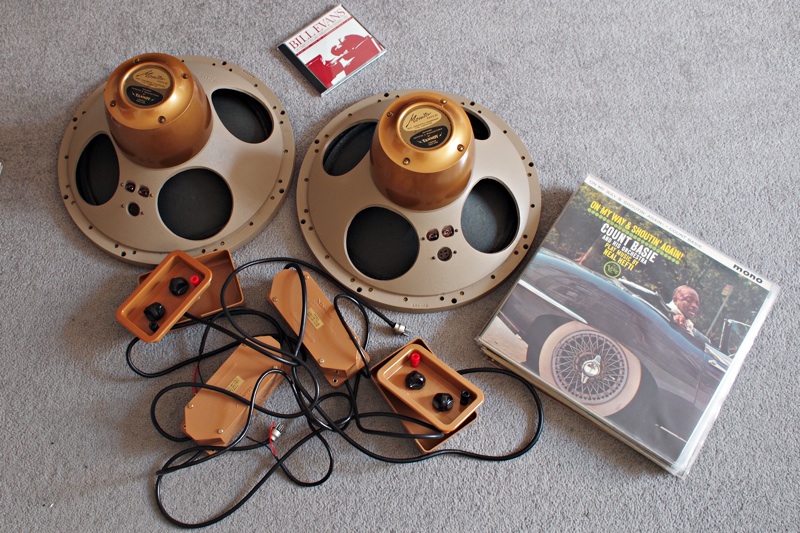You need to very carefully drill the rivets out, there are a few pics on page 13 of this thread (
link). I'm actually back to using completely unmolested stock crossovers at present, and enjoying them very much. If you do feel like removing the level and roll-off switches, which I tried on one set, be aware it makes them a lot more bright and forward, i.e. work on at least one 'level' setting lower than you like with the switches in series.
The more time I spend with Tannoys the more I feel the stock crossovers are beautifully, and very cleverly voiced, it's easy to get more detail, clarity etc, but something hard to define seems to go at the same time. Assuming your switches are in good condition I'd advise either doing nothing or at most just replacing the electrolytic cap on the bass. I'm not convinced replacing the three smaller caps brings much of a gain, and removing the switches alters the voicing somewhat.


